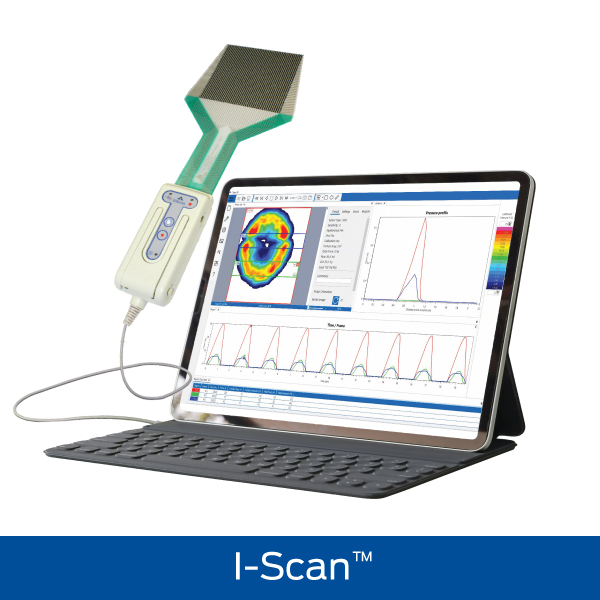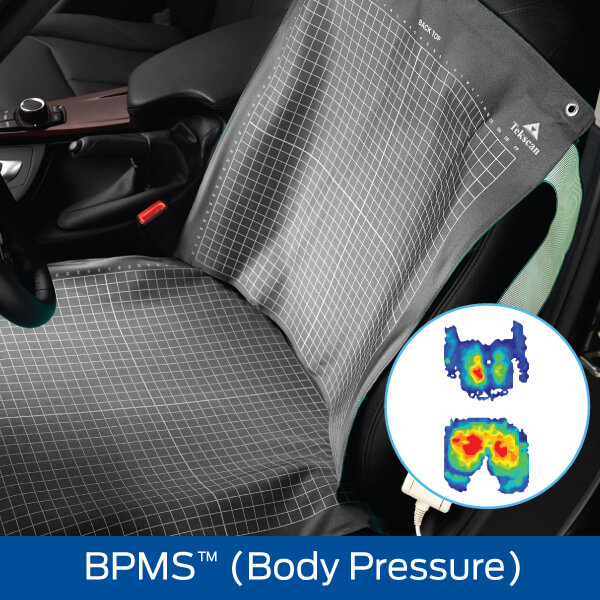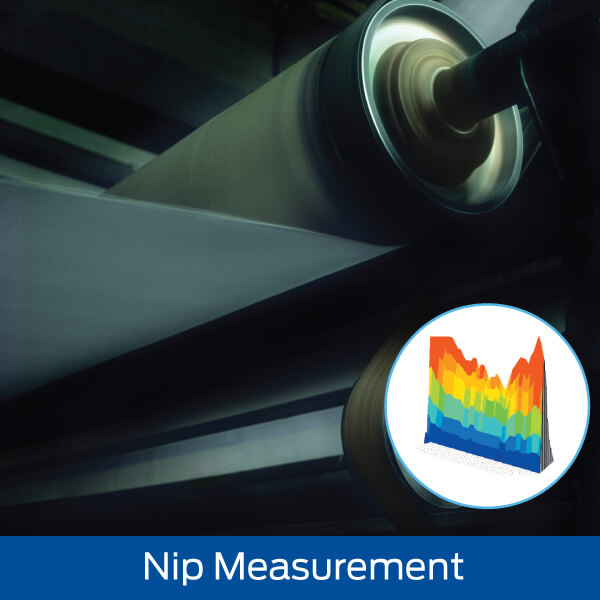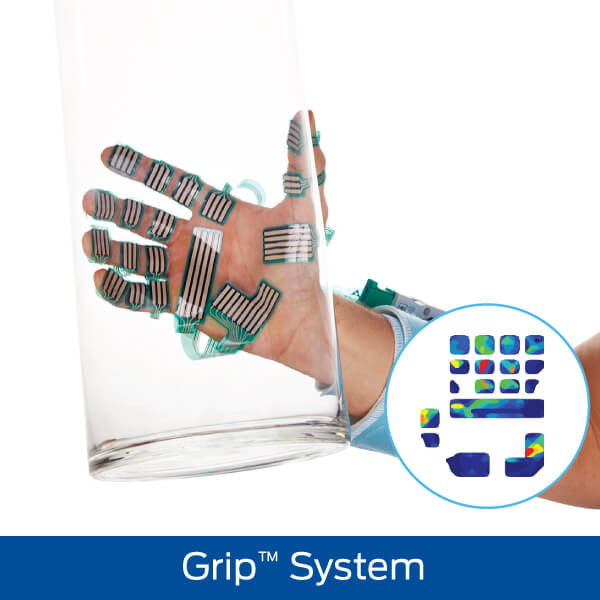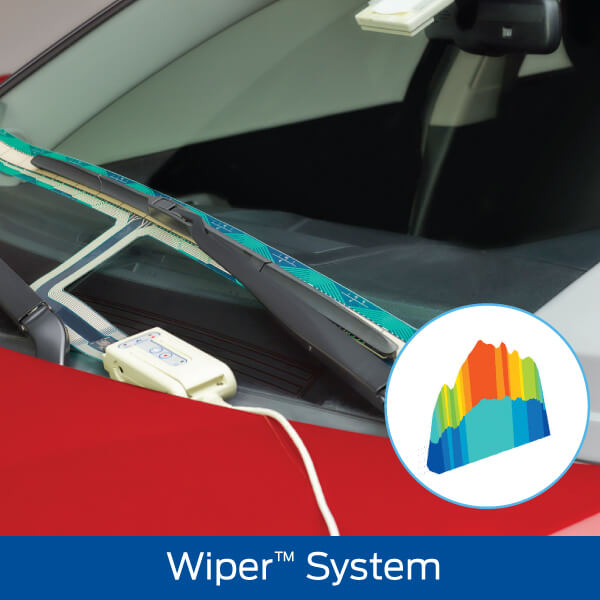Pressure Mapping Technology
Pressure Mapping Technology
Measure interface pressure between two surfaces, utilizing a thin and flexible sensor. The resulting data and our analysis tools offer insights to enhance product design, manufacturing, quality, and research.What is a Pressure Mapping System?
Pressure mapping is a unique test & measurement technology and prime example of a wide-reaching R&D tool. Top tier companies have successfully used our systems to help solve application challenges, improve product design, and more.- Analysis tool that maps interface pressure and provides insight for a better understanding of surface behavior
- Provides key metrics including total force, peak pressures, and center of force
- Clear visual representation of pressure distribution
- Multiple graph options to plot data
- Access real time or recorded data
- Components include: sensors, data acquisition electronics, and software
- Over 200 standard sensors with different shapes, sizes, resolution, and pressure ranges; custom sensors available
- High speed and wireless capabilities
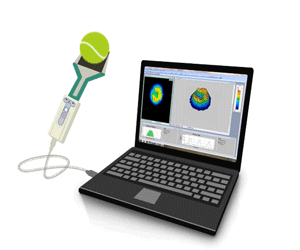
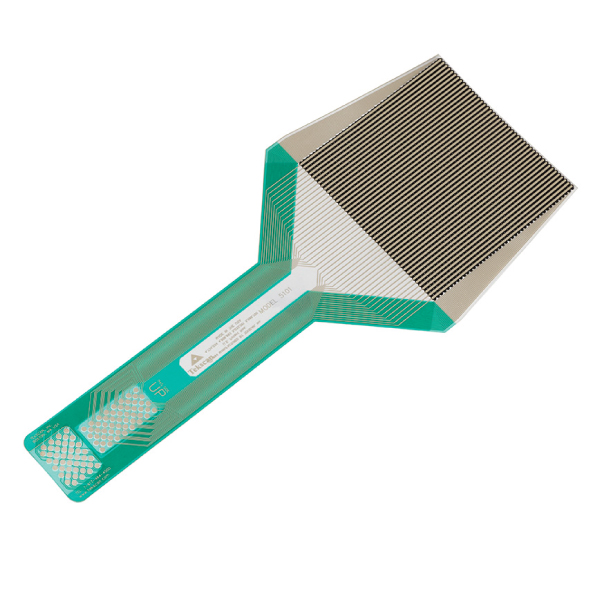
Sensors
- Minimally invasive high resolution sensor that is thin and flexible
- Over 200 standard sensors with different shapes, sizes, resolutions and pressure ranges
- Customizable to unique form factors and pressure ranges to meet specific applications
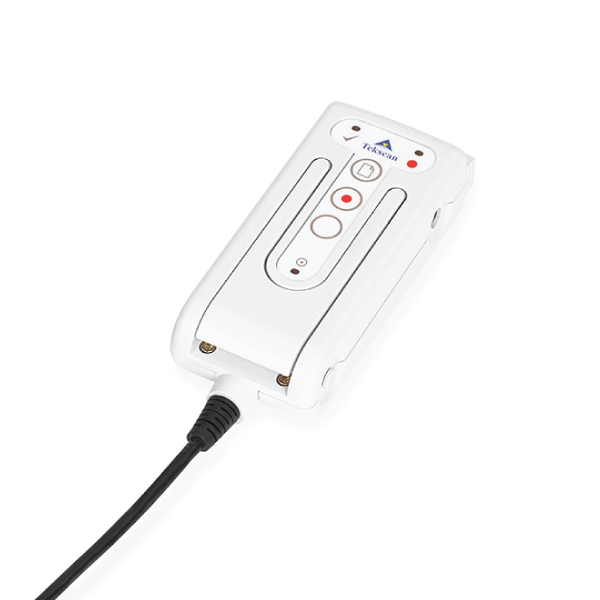
Electronics
- Scan thousands of sensing points within each sensor
- Data is instantly relayed to the software on your PC via a USB cable
- High speed and wireless options available
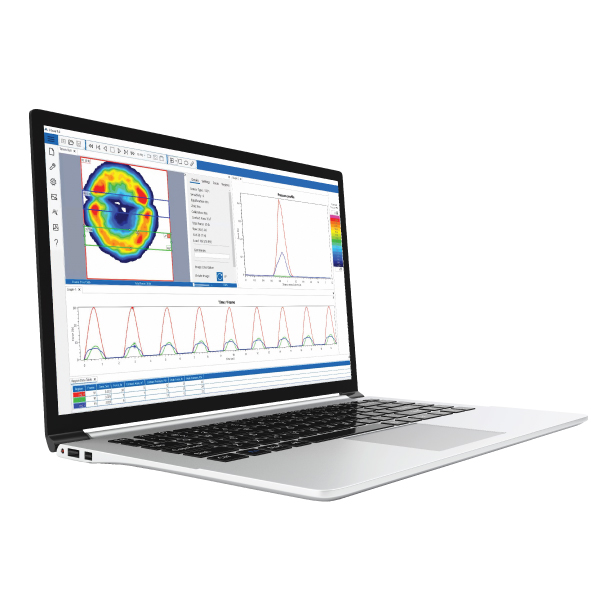
Software
- Software displays the pressure distribution data, in multiple formats, for superior analysis
- Real-time display of pressure sensor data in 2D & 3D
- Display peak pressures and center of force
Pressure Mapping – A Design Engineer’s Magnifying Glass
Watch this five-part video series covering Pressure Mapping Technology’s several uses to help enhance R&D processes:
Common uses for Pressure Mapping in R&D
- Evaluating component press fits and seals
- Evaluating product performance
- Machine design and setup precision
- Comfort and ergonomic assessment
- High-speed impact testing
How Pressure Mapping Compares to Other Technologies
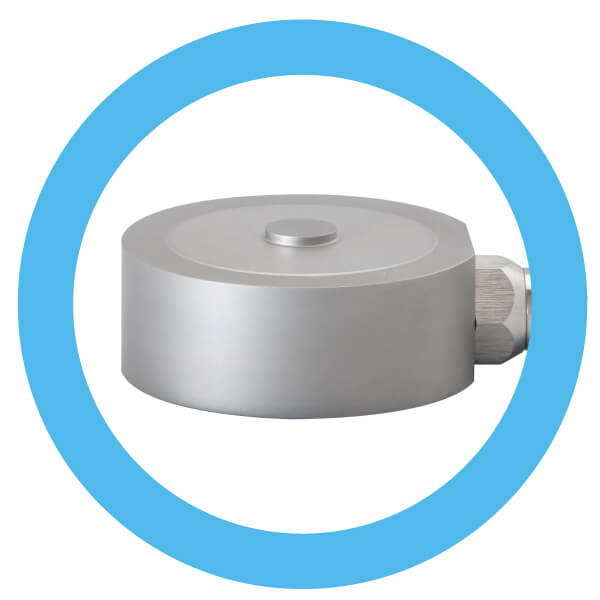
Load Cells
- Accurately measures force load on a single sensing point
- Multiple load cells are required to measure a pressure array
- Tend to be bulky, thus making them difficult to position in a manner desired for collecting relevant data
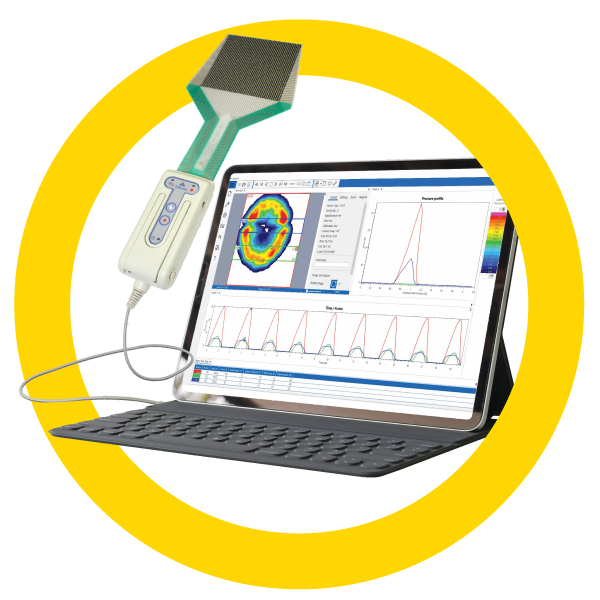
Pressure Mapping Technology
- Sensors are minimally-invasive, making it a viable testing solution for examining pressure between nearly any two mating surfaces
- Captures the entire range of pressure occurring over the entire test
- Software recording & analysis features allow the user to analyze real-time data, an export into user-friendly file formats
- Systems can be calibrated to a known force for more precise data collection
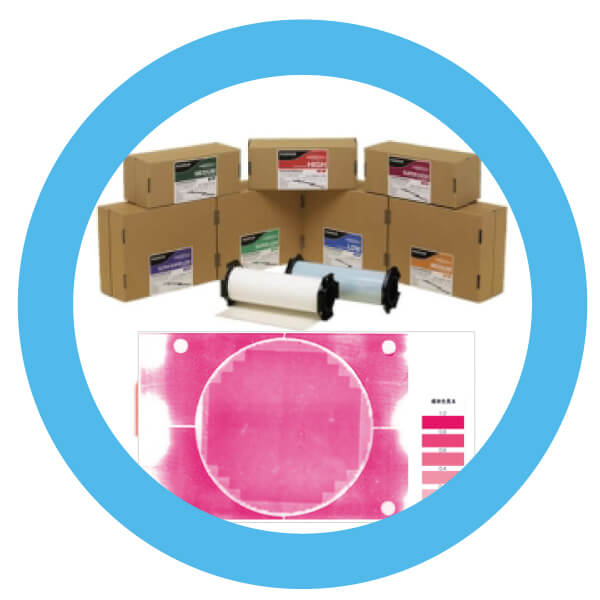
Pressure Indicating Film
-
An affordable single-use method to capture the moment of peak pressure during a testing process
- However, it does not provide evidence of when that peak moment occurred in the testing process
- Only displays a degree of pressure in a single test (cannot be calibrated)
